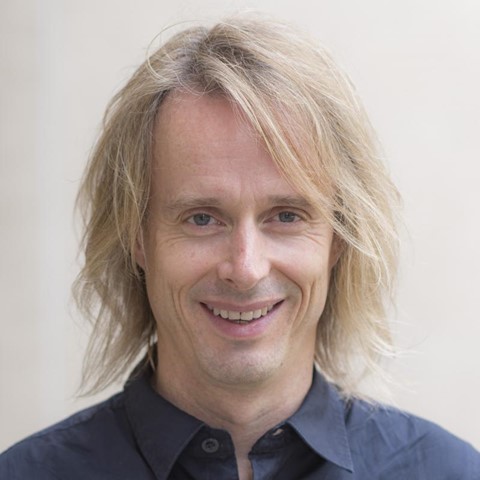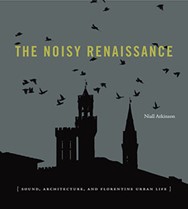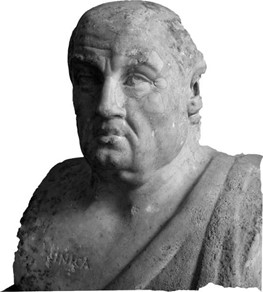“To See the Effects of Sound”: Niall Atkinson on Acoustic Topographies of the Early Modern
“How do you deal with the ephemerality of sound through a medium like architecture or urban space, which have traditionally been assumed to be much more permanent or more material? It was not about historically reconstructing what things sounded like, but looking at the record to see how people understood what they were listening to [...] through the ways in which they reacted to it, participated in it, and built upon it.”
In this episode
Caitlin Woolsey continues the miniseries on sound and visual art in conversation with Niall Atkinson, an associate professor of art history at the University of Chicago. Niall’s research concerns the relationship between sound, space, and architecture and their role in the construction of pre-modern urban societies. They discuss his research methods for working on historical soundscapes, and ways of reconstructing sonic relationships in the past even if the sounds and sonic experiences themselves are now lost to us.
Transcript
An associate professor of art history at the University of Chicago, Niall Atkinson’s research and teaching focus on public space, urban history, soundscapes, geography, and travel, as well as the architecture and urbanism of late Medieval and Renaissance Italy. His book The Noisy Renaissance: Sound Architecture, and Florentine Urban Life (Penn State, 2016) was a finalist for the Charles Rufus Morey Book Award from the College Art Association in 2017. Current projects explore digital visualizations of early modern urban soundscapes through GIS technology, as well as the visual and sonic cultures of the Indian Ocean. Niall is also currently collaborating on a new book project with Susanna Caviglia (Duke University) that is tentatively entitled Wandering in Rome: French travelers and the image of the early modern city, which investigates the aesthetics and the mechanics of urban mobility that constituted the experience and representation of Rome for Early Modern French travelers.
This conversation was recorded on August 19, 2021.


